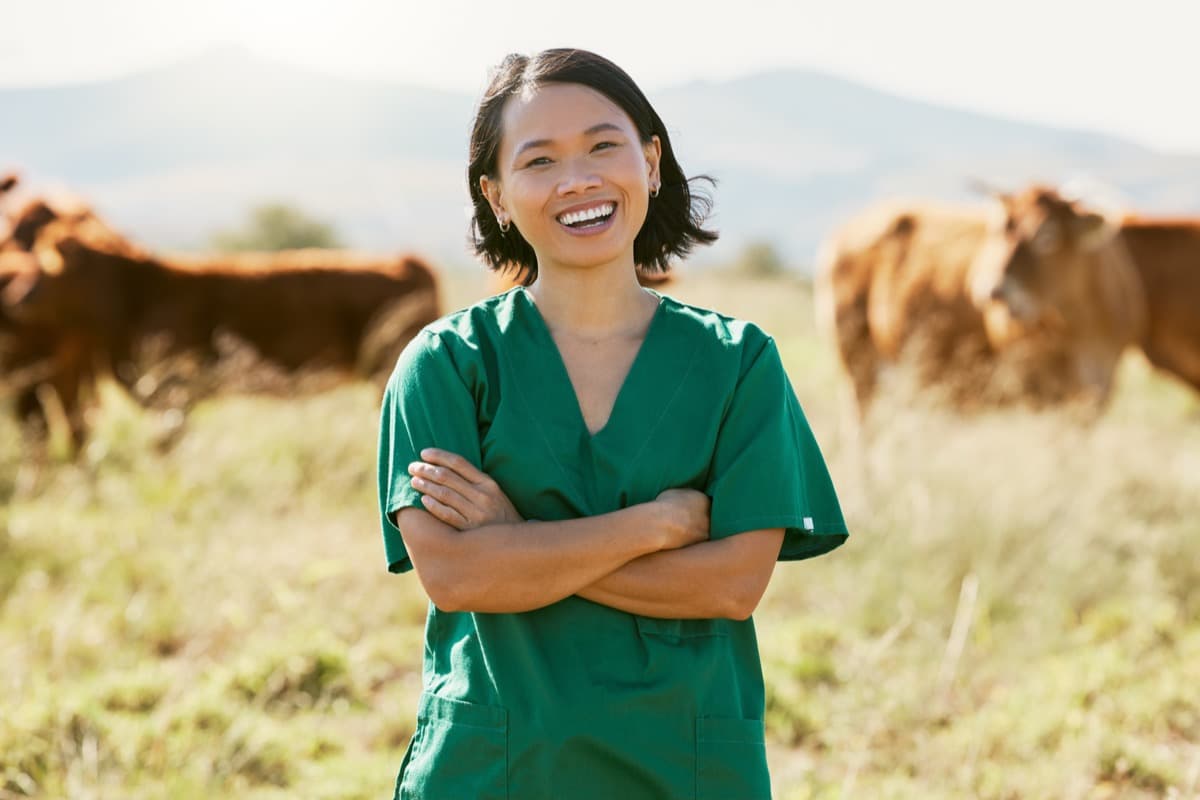In India, where 65% of the population lives in rural areas, there are many farmers and ranchers, and cattle and livestock are important commodities. They often face unforeseen unfortunate situations regarding their livestock that place a heavy financial burden on them. They turn to Cattle Insurance as a messiah to protect themselves from such financial losses. As livestock insurance protects loans for the poor, it would make the community stretch its ability to create assets for continuous livelihoods through livestock insurance.

Although farmers and ranchers strive to protect their cattle by vaccinating them, providing them with the best treatment, and providing them with the best stabling conditions, sometimes they cannot prevent their animals from passing away, being disabled, or being involved in accidents. A cattle insurance policy can protect you from such losses financially. Therefore, you must get adequate cattle insurance if your cattle are your livelihood.
Oriental Cattle Insurance in India
Key Features/Benefits of Oriental Cattle Insurance
- Coverage for indigenous animals: This policy provides financial protection for various herd animals, including milch cows, milch buffaloes, bullocks, calves, sheep, goats, etc.
- Accidental coverage: Quite simply, the insurer takes care of your expenses if you suffer some financial loss due to an accident with your cattle.
- Death coverage: If your livestock dies due to accidents, unexpected incidents, diseases, or surgical operations, this policy will cover the financial loss. Animal mortality coverage may have different terms and conditions depending on the company.
- Disability coverage: If your cattle are permanently disabled, you can be reimbursed for your financial expenses.
- Protection of your herd: This insurance policy covers the number of cattle you own if you own a herd. Suppose you have 200 dairy cows or 300 pigs.
- Protection against falling prices: This insurance policy protects livestock producers and sellers from financial losses if the cattle’s market value falls below a certain amount.
- Security to your cattle: This policy offers financial protection during a strike, riot, or civil commotion.
- Safeguard from liability: Because cattle can cause damage to you or your property at any time, this policy protects you in case of an accident.
- Protection for your assets: Cattle Insurance saves you from a huge financial burden and provides strong protection for your most valuable asset, the cattle.
- Adjustable according to your convenience: There is usually an increase in cattle numbers during the season of birth and a decrease at any time for various reasons. Therefore, the premium amount can be adjusted if the cattle count fluctuates throughout the year. If herd value changes during the financial year, your insurance agent can help you determine coverage protection.
Eligibility Criteria of Oriental Cattle Insurance
- Cows, bullocks, or buffaloes of either gender.
- Private owners, cooperative dairies, military dairy farms, and corporate dairies own high-valued and cross-breed cattle.
- In addition to schemed animals, this policy covers non-schemed animals as well. A schemed animal is subsidized by the National Livestock Development Board (NLDB) and the State Livestock Development Board (SLDB).
In case you missed it: Top 10 Cattle Diseases: Symptoms, Causes, Prevention, and Control

When buying this cattle insurance policy, it has to be kept in mind that the cattle should be healthy and not suffer from diseases. Registered veterinary practitioners must certify the health condition of the cattle for policy purposes. All cattle owned or belonging to an individual or corporation, dairy farms, cooperatives/corporate dairy funded by various financial institutions are considered non-scheme animals. The cattle insurance policy covers animals under the following age groups.
| Animal Type | Animal Age |
| Milch Cows | 2 years or age at 1st calving to 10 years |
| Milch Buffaloes | 3 years or age at 1st calving to 12 years |
| Stud Bulls | 3 years to 8 years |
| Bullocks and male Buffaloes | 3 years to 12 years |
| Female Calves or Heifers | From the age of 4 months to 2 years or 1st calving age, whichever is lower |
| Milch Cow’s offspring | From the age of 4 months to 2 years or 1st calving age, whichever is lower |
| Milch buffaloes’ offspring | Up to 3 years or 1st calving age, whichever is lower |
How Can I Claim Under Oriental Cattle Insurance?
- When an insurance claim is made, the insured animal must be properly and uniquely identified. It is therefore imperative that ear tags be as foolproof as possible.
- After insured cattle have died or been injured, the owner should contact the insurer or agent as soon as possible.
- Ensure you keep the death or disability certificate from a legal veterinarian.
- The beneficiary must submit a duly completed claim form and the required documents.
- The company will send a surveyor to inspect the site, investigate, and verify the submitted information.
- The surveyor’s report will determine whether your claim is rejected or approved. Therefore, cooperate with him and with the company.
- Don’t provide false information, and prepare all the necessary documents.
- Your claim will be approved if genuine, and the beneficiary will receive the amount. Otherwise, it will be rejected.
Documents That Are Required For The Claim Settlement Process
- Proposal Form
- Medical Certificate from a registered Veterinary doctor
- Minimum 4 Photographs of the insured animals of postcard size or soft copy, to be provided by the proposer where the applied tag can be identified.
- Duly filled claim form
- Receipt of payment while purchasing the animal
- The identification tag of the insured animal
- DD/Cheque, along with the above-given documents
In case you missed it: SBI Cattle Insurance in India: How to Apply, Policy Premium Cost for Cows, and Buffalo

Conclusion
In rural areas, livestock is the primary source of income and asset for resource-poor households. In addition, more than 40% of rural credit flows support the livestock sector, so managing the sector’s risks is essential. In case of animal death, the farmers are helpless to repay their loans due to the untimely loss of an income-generating animal. Like death and disability insurance, livestock insurance leverages the community’s capacities to manage insurance schemes.
- Feed Your Flock for Less: Top 10 Tips to Save on Chicken Feed
- Ultimate Guide to Ossabaw Island Hog: Breeding, Raising, Diet, and Care
- Hatching Answers: The Top 10 Reasons Your Chickens Aren’t Laying Eggs
- Eggs and Economics: Breaking Down the Cost of Raising Backyard Chickens
- Defend Your Greens: Proven Methods to Keep Iguanas Out of Your Garden
- Ultimate Guide to Cinnamon Queen Chicken: A Comprehensive Guide for Beginners
- Ultimate Guide to California Tan Chicken: Breeding, Raising, Diet, Egg-Production and Care
- Ultimate Guide to Marsh Daisy Chicken: Breeding, Raising, Diet, and Care
- 10 Types of Chicken Farming Businesses You Can Start for Profits